Dr. Mark Spencer, LNHS Vascular Plant & BSBI Middlesex Recorder, Paul Losse of Salix Ecology and Julija Fediajevaite have been working with Andy Foy, GiGL’s Systems Manager, to develop an Axiophyte List for Greater London and Rare Plant Register for Greater London and Middlesex.
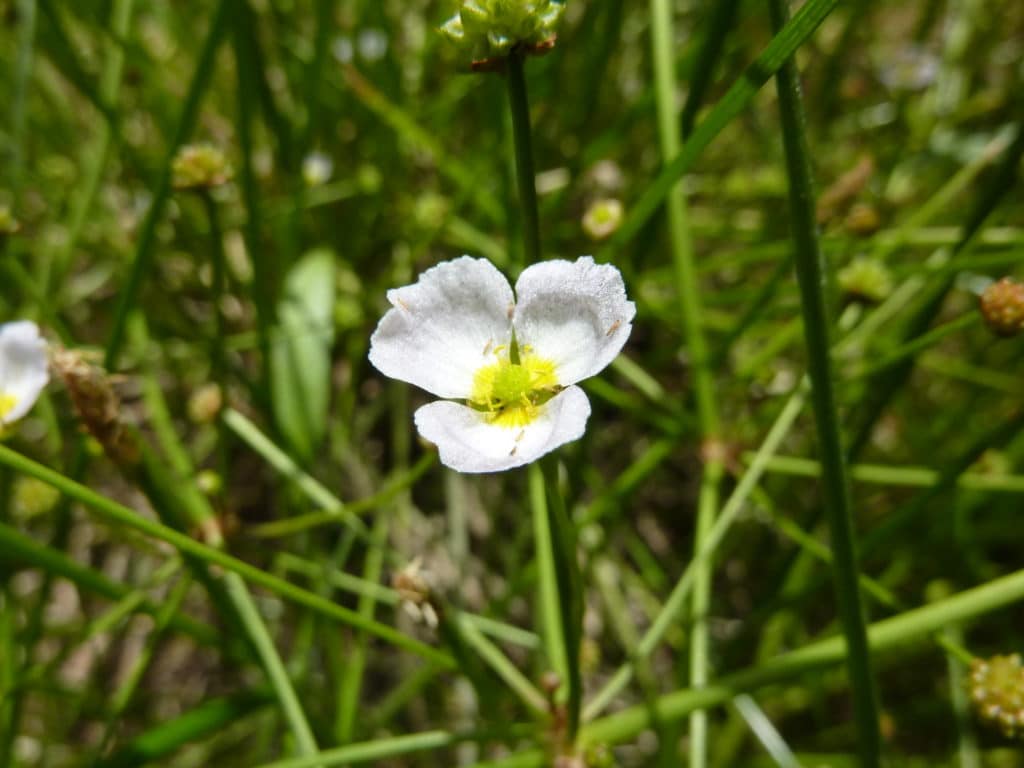
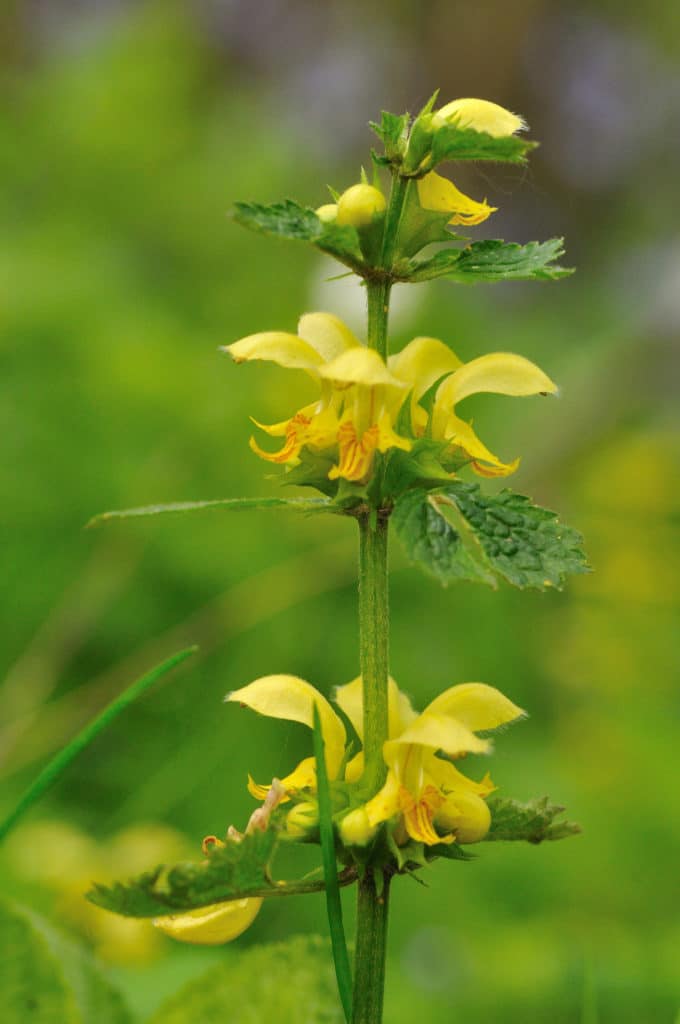
Axiophytes, Greek for ‘worthy plant’, are plant species which are indicators of habitats of interest for nature conservation. They are not necessarily rare species which are encountered only occasionally, nor are they very common species which occur in a wide range of habitats. They may, however, be very common in habitats of high value.
Rare Plant Registers are a record of the rare plants found in an area. They usually follow the Botanical Society of Britain and Ireland (BSBI) vice-county boundary system, however this one will cover Greater London and the parts of Middlesex that are outside the current boundaries of Greater London.
Further information on Axiophyte Lists and Rare Plant Registers is available via the BSBI website.
Developing the Axiophyte List
Axiophyte plants should be species which indicate habitats with a high conservation value in London. The first task was to identify all vascular plants occurring in 25% of monads (1km x 1km squares) or less in the Greater London area to exclude very common plants. Andy helpfully carried out a sweep of GiGL’s records and provided a list of 2114 plants recorded in less than 25% of monads over the last 30 years.
This initial list was then scrutinised by the team. Potential axiophyte species were selected which are known to be indicators of priority habitats such as lowland dry acid grassland, calcareous grassland, lowland meadows, lowland mixed deciduous woodland and eutrophic standing water as well as other habitats considered by the team to be of value in London. Species which were characteristic of low nutrient conditions generally were also selected as such habitats are often of value, even if not classified as priority habitats (some brownfield sites are good examples).
Species which were not considered to be useful indicators because they are known to occur in a variety of habitats, and those that are frequently cultivated, planted or otherwise likely to be spurious records were excluded from the list. Some species which could be useful axiophytes but are commonly planted were treated on a case by case basis. For example, wild marsh marigold Caltha palustris is very much a scarce axiophyte in London but is also quite commonly planted.
The above process resulted in a draft list containing 717 species.
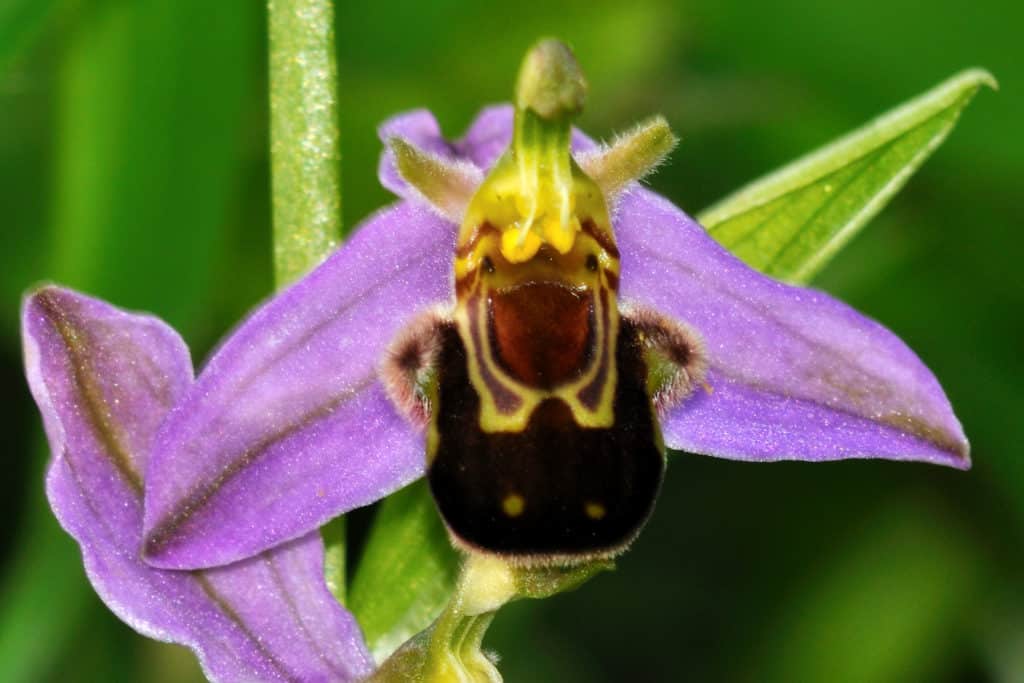
Potential uses of axiophytes in London
The presence of axiophyte plants may be used as a measure of site or habitat quality and could be useful for a number of purposes.
- Site evaluation: They may be used as an additional tool for site evaluation for a range of surveys alongside biodiversity net gain assessments and criteria used in ecological impact assessments (EcIAs). The importance of a site is generally determined by a number of factors including site designation, the presence of habitats and species of principal importance or Red listed, rare and legally protected species. However, these are relatively crude measures of site importance and many habitats/sites are likely to fall through the net. It is then often left for a surveyor to make a judgment of importance based on their expertise. The presence of axiophyte species will help to justify an assessment of site importance and support arguments for site protection where the above criteria do not apply.
- Site designation: Axiophyte presence may be used as an additional robust and objective form of evidence for the selection and designation of Sites of Importance for Nature Conservation (SINCs) in London, particularly at Borough level and above. This may be particularly important where designations are challenged at public inquiry or during the development of local plans.
- Monitoring site condition over time: A change in the number or abundance of axiophytes at a site could form part of long-term monitoring protocols and may be particularly useful for the SINC review process undertaken by Local Authorities in London.
Will the Axiophyte List be useful?
For the list of axiophytes to be useful for assessing the value of a site, more species of axiophytes and more axiophyte records should be associated with sites known to be of higher value. We would expect more axiophyte records from Sites of Metropolitan Importance or Sites of Special Scientific Interest (SSSI) than from Sites of Local Importance, for example. To test this, GiGL analysed their database and produced a list of axiophyte records from each of London’s SSSIs and SINCs. The results are shown below:
| Site status | Total number of sites | Mean number of axiophyte records per site | Mean number of axiophyte taxa per site | Percent of sites with at least 1 axiophyte record |
|---|---|---|---|---|
| Local | 569 | 6.07 | 0.62 | 70% |
| Borough* | 20 | 14.1 | 6.85 | 90% |
| Borough Grade II | 533 | 24.66 | 0.93 | 85% |
| Borough Grade I | 323 | 46.3 | 1.63 | 99% |
| Borough all** | 876 | 32.40 | 0.66 | 81% |
| Metropolitan | 141 | 487.2 | 4.57 | 96% |
| SSSI | 39*** | 276.31 | 12.77 | 87% |
Some caution is needed in interpreting these results as it is likely that there has been a greater recording effort at larger metropolitan sites than smaller local sites, however they do show a general trend of more axiophyte species and more axiophyte records associated with higher grade sites. This indicates that both the number of axiophyte species recorded at a site and the number of records could provide a useful indicator of the ecological value of a site.
The draft Rare Plant Register (RPR)
The draft Register has been compiled using data provided via GIGL and the Botanical Society of Britain and Ireland (BSBI). Information has also been drawn from county Red Data Lists and Rare Plant Registers from Surrey, Kent and Essex. Species that have been considered for inclusion are normally native and archaeophyte (ancient, pre-1500 arrival non-natives) taxa although a few neophytes (recent, post-1500 arrival non-natives) that are characteristic of London, such as London rocket Sisymbrium irio, have also been included.
Additionally, species that are listed in either the GB or England Red Data lists as either Regionally Extirpated/Extinct, Extinct in the Wild, Critically Endangered, Endangered, Vulnerable or Near Threatened were automatically included, as in most cases these species are more at risk of extinction in Greater London than nationally. In addition to the above taxa, any species included in Section 41 of the NERC Act (2006) are also included; these species are also listed in the Mayor of London’s London Environment Strategy. Finally, species that have been recorded in fewer than 160 monads (1 x 1 km grid squares; approximately 10% of the monads covering the Greater London area) since the year 2000 have also been included for consideration.
What the draft RPR says about rare plants in London
The native and archaeophyte flora of Greater London are in sharp decline, and these initial observations are broadly in line with those of the BSBI’s findings arising from the Atlas 2020 project.
Over the last 300 years, over 180 plant species have become regionally extinct in the Greater London area. Furthermore, another 150 species that are nationally listed as at risk of extinction are likewise threatened in the Greater London area. In many cases, due to the greater pressures of habitat loss, invasive species, pollution and climate change in Greater London, these plants are even more vulnerable in London than in the rest of the country. Of the remaining plants that are not considered at risk (known as Near Threatened) nationally, a significant number of these species are declining in the London area and, probably, face the risk of regional extinction over the coming decades unless significant action is taken.
Usage of the RPR
The project team aim to provide a RPR that will provide data on a borough by borough basis; this may prove challenging due the variable quality of data available (and because these data are in more than one repository), therefore this aspect may require additional refining and validation. However, the RPR should, alongside the Axiophyte List, provide Local Authorities, developers, ecologists and conservation managers with a valuable resource that should be consulted when surveying and considering or undertaking land usage and management changes.
Some examples of proposed axiophytes and Rare Plants
Many of the selected axiophytes are relatively commonly recorded nationally as well as in London. For example, common centaury Centaurium erythraea has been recorded in 103 monads (1 x 1 km grid squares) and 65 SINCs in London but is an indicator of calcareous grassland, a Habitat of Principal Importance, and is only found on low fertility sites.
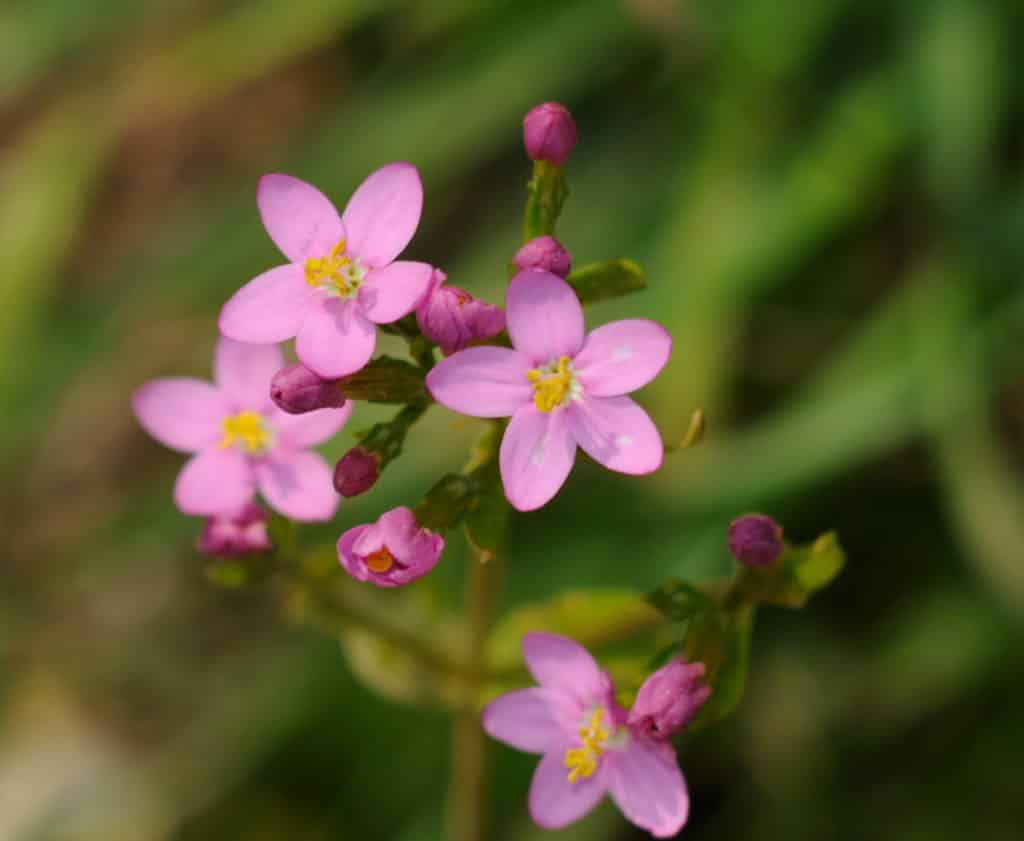
The Axiophyte List also includes a total of 140 ancient woodland indicators. These are species strongly associated with woodlands that have been in continuous existence since at least 1600 AD. Species include wood anemone Anemone nemorosa, wood sorrel Oxalis acetosella, primrose Primula vulgaris and wild service-tree Sorbus torminalis. The presence of ancient woodland indicator axiophytes will be useful in identifying sites to include within London’s Ancient Woodland Inventory, a current GiGL project which you can read more about here.
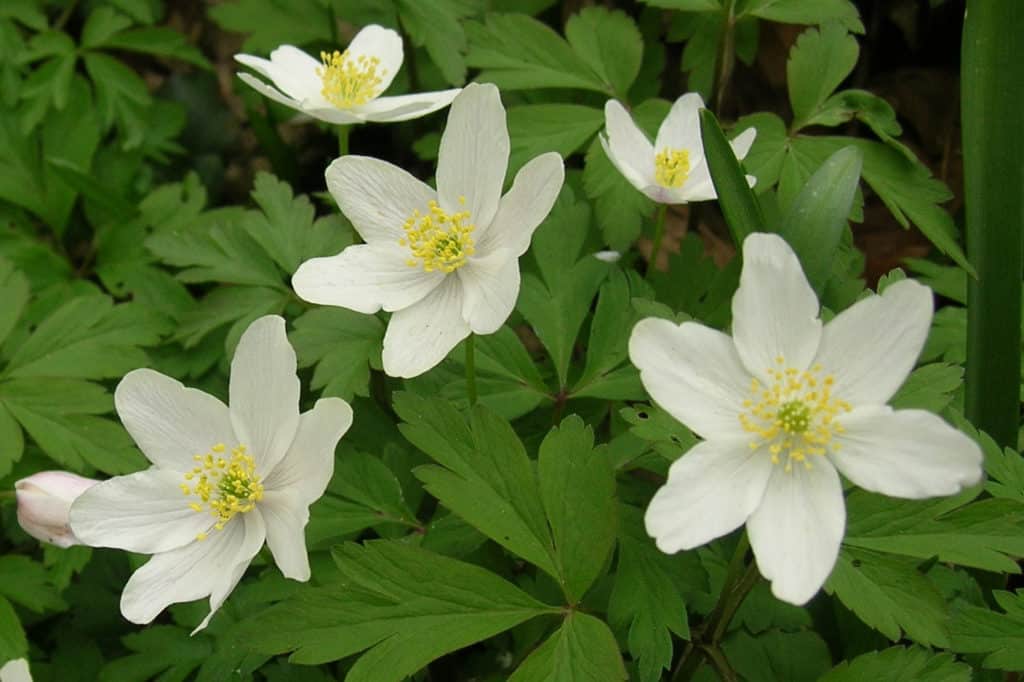
Other axiophytes are much rarer, both nationally and within London, and many are listed in the draft Rare Plant Register. Tower mustard Turritis glabra is a UK Biodiversity Action Plan species that is currently only found at two sites in London and is associated with periodically disturbed ground. It is listed as Endangered in GB and England and is probably Critically Endangered in Greater London; it is also a GLA Priority Species.
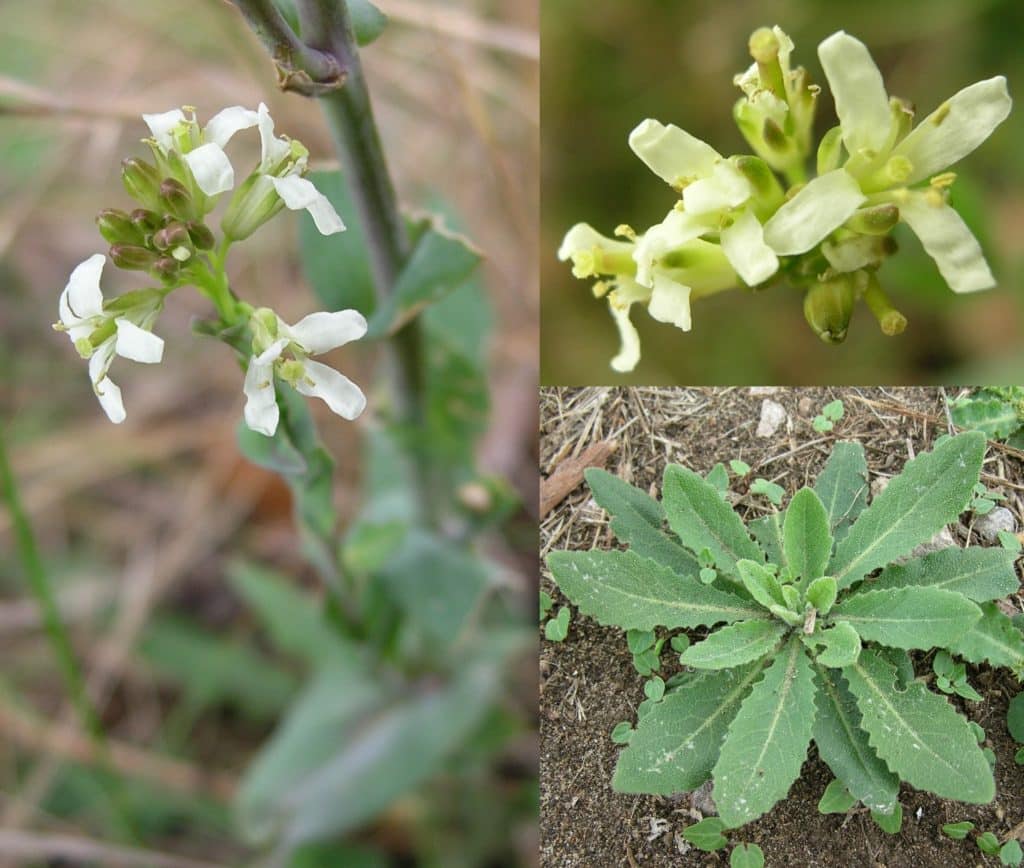
A group of plants that are particularly at risk in the London area are plants associated with arable habitats, many of which are archaeophytes and are of cultural and historic significance. Several of the cudweed species are listed in the Greater London RPR. Probably the least threatened is Jersey Cudweed Laphangium luteoalbum which despite being listed on Schedule 8 (& therefore highly protected) of the Wildlife & Countryside Act (1981) is increasingly common in parts of Central London. Conversely, the Common Cudweed Filago germanica is considered at risk nationally and is probably vulnerable to extinction in the London area due to the ephemeral nature of most populations.
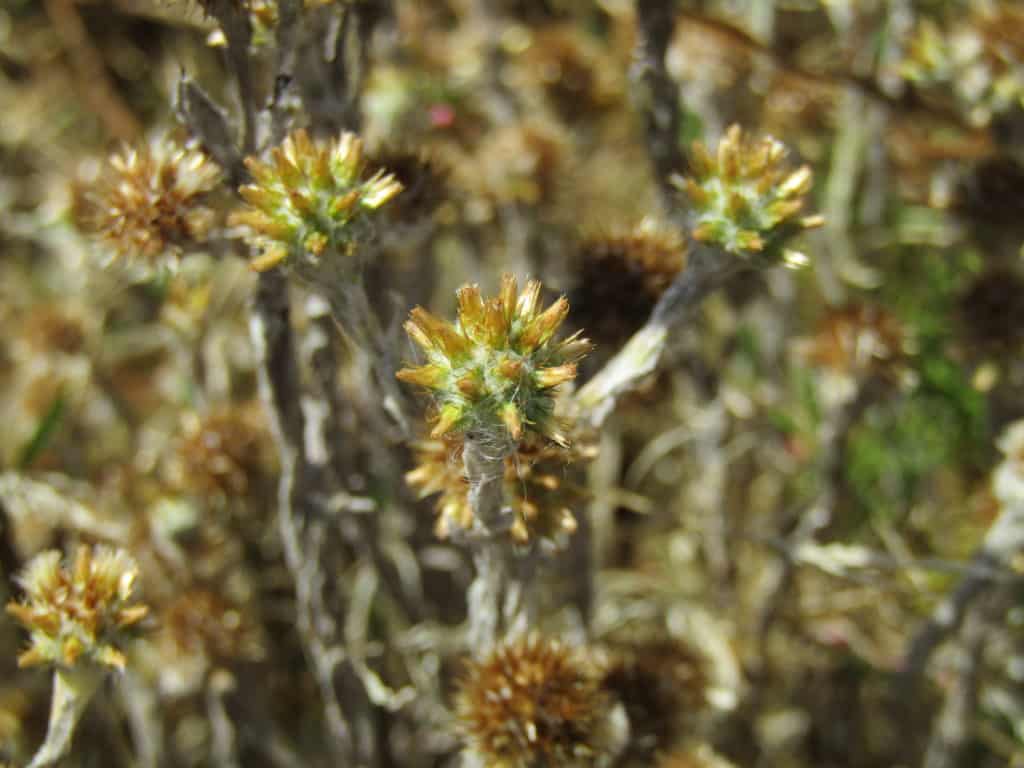
Next Steps
The Axiophyte List and Rare Plant Register are currently going through a final check and then will go out for consultation with key stakeholders including London Borough Ecologists and the London Natural History Society. The final lists will be published on the GiGL website.

Two wood anemone plants in Foxham Gardens seen in the last three years. but one has disappeared now. One in Caledonian market park seen this year and last. Mavis PIlbeam